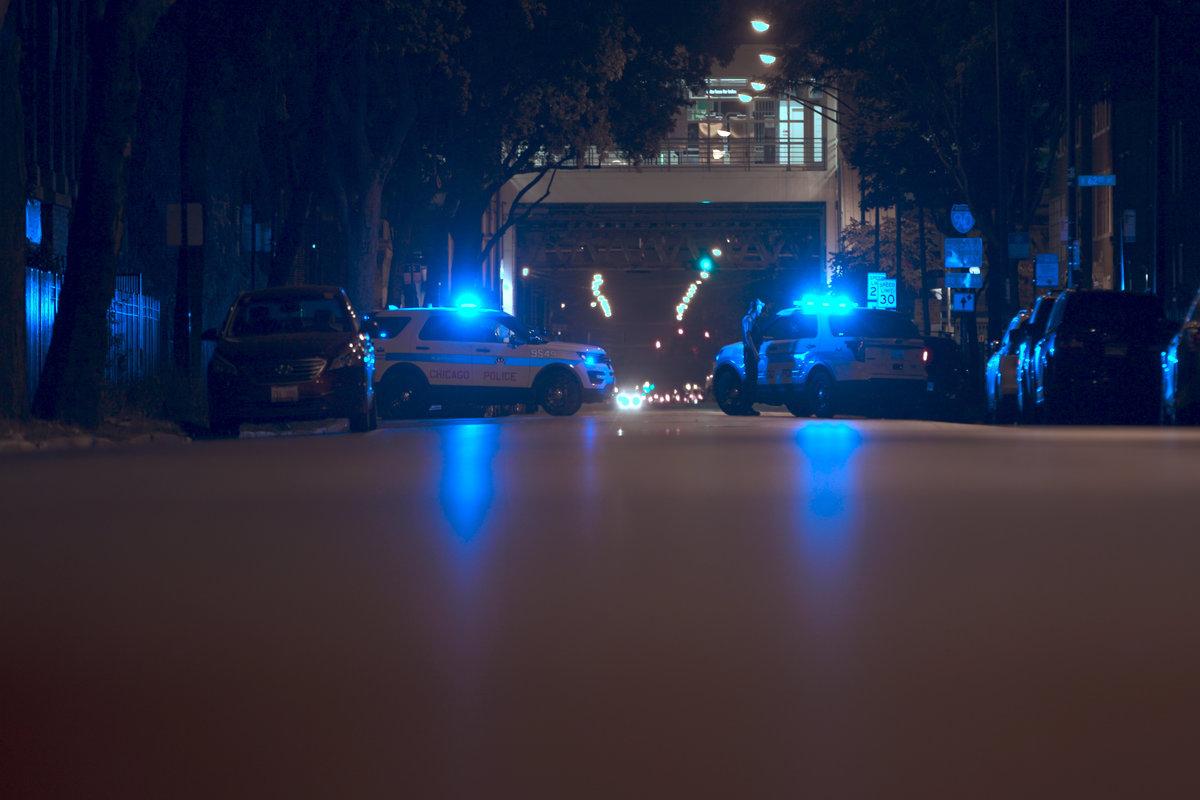TIFF 2018: Blind Spot
/How far we’ve come in just three years. Back in 2015, Sebastian Schipper’s heist movie Victoria earned rave reviews and buzz for its all-too-familiar gimmick of shooting the entire film in a single take. Now, another one-take film emerges on the festival scene from first-time director Tuva Novotny, but the impressiveness of the feat seems to have lost its lustre. Playing in the Discovery section of the Toronto International Film Festival (dedicated to features by new filmmakers), Blind Spot’s muted reception in comparison to a title like Victoria proves one thing: in an industry growing bigger and more competitive with each day, it takes more than an old bag of tricks to get people’s attention.
This is, of course, a good thing for cinema, but a bad thing for Novotny’s feature debut, which falls into the usual trappings of its format of choice, no matter big its ambitions may be. The first act has the camera following teenager Tea (Nora Mathea Øien) as she finishes up practicing sports at school, walks home with a friend, grabs a bite to eat from the kitchen, and then casually throws herself out her bedroom window. From there, the focus shifts to Tea’s mother Maria (Pia Tjelta) as she tries to get her daughter to the hospital in time to save her life, all while trying to understand what exactly led Tea to attempt suicide.
The problem with Blind Spot, along with most one-take wonders, is that its inability to edit deprives it of manipulating time, leaving much of the film as a collection of moments in-between the action. Novotny tries to sidestep this issue as best she can by making crisis the driving factor, but from the beginning Blind Spot distances the viewer by making Tea a cipher, whose act of self-harm plays more as a shock to grab viewers. The result is the catalyzing incident exposing itself as a construction, making it impossible to put oneself in Maria’s shoes and feel her suffering.
What Novotny’s film really boils down to is a look at how the lack of dialogue around mental illness leads to scenarios where those who need help can’t get it, and those left behind as a result of this neglect find themselves stranded when dealing with the aftermath. But this message takes centre stage in an overlong scene well after the characters travel from one place to another, occupying dead space as the film has no choice but to fill in blanks between scenes that viewers can fill themselves with a single cut. It would be nice to see filmmakers using the power of the medium they’re working in rather than finding ways to avoid using the tools at their disposal.






















